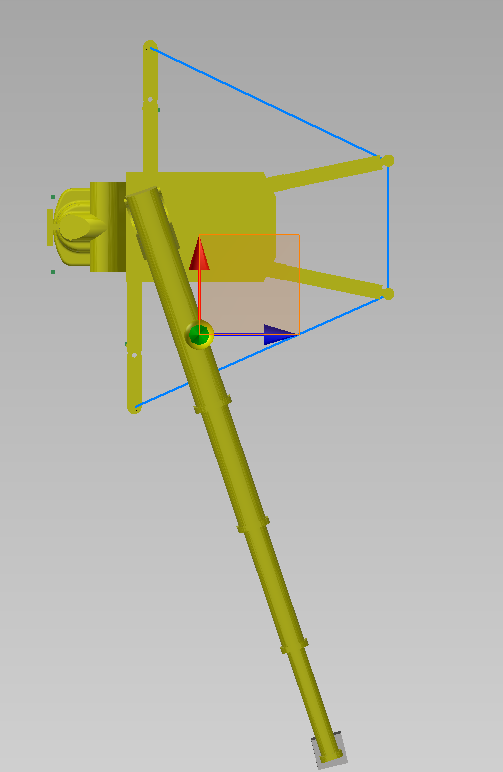KennyPCT
Mechanical
- Sep 21, 2016
- 2
Hi guys,
This is my first time here so apologies if this is in the wrong place or anything like that.
I am just out of University and have been handed a design task by my company for a mobile crane which will be operated offshore on a ship.
Does anyone here have any idea on how to perform dynamic calculations on mobile crane stability? My concerns are that although the static stability is acceptable things like wind, boom/mast movement and heel/trim of the boat due to waves will have a fairly significant effect on my CoG location and could therefore take it outwith the stable area I have plotted.
I have attached (below) a photo of my current most critical static CoG location with the blue lines representing the tipping point.

Thanks in advance!
Kenny
This is my first time here so apologies if this is in the wrong place or anything like that.
I am just out of University and have been handed a design task by my company for a mobile crane which will be operated offshore on a ship.
Does anyone here have any idea on how to perform dynamic calculations on mobile crane stability? My concerns are that although the static stability is acceptable things like wind, boom/mast movement and heel/trim of the boat due to waves will have a fairly significant effect on my CoG location and could therefore take it outwith the stable area I have plotted.
I have attached (below) a photo of my current most critical static CoG location with the blue lines representing the tipping point.

Thanks in advance!
Kenny
